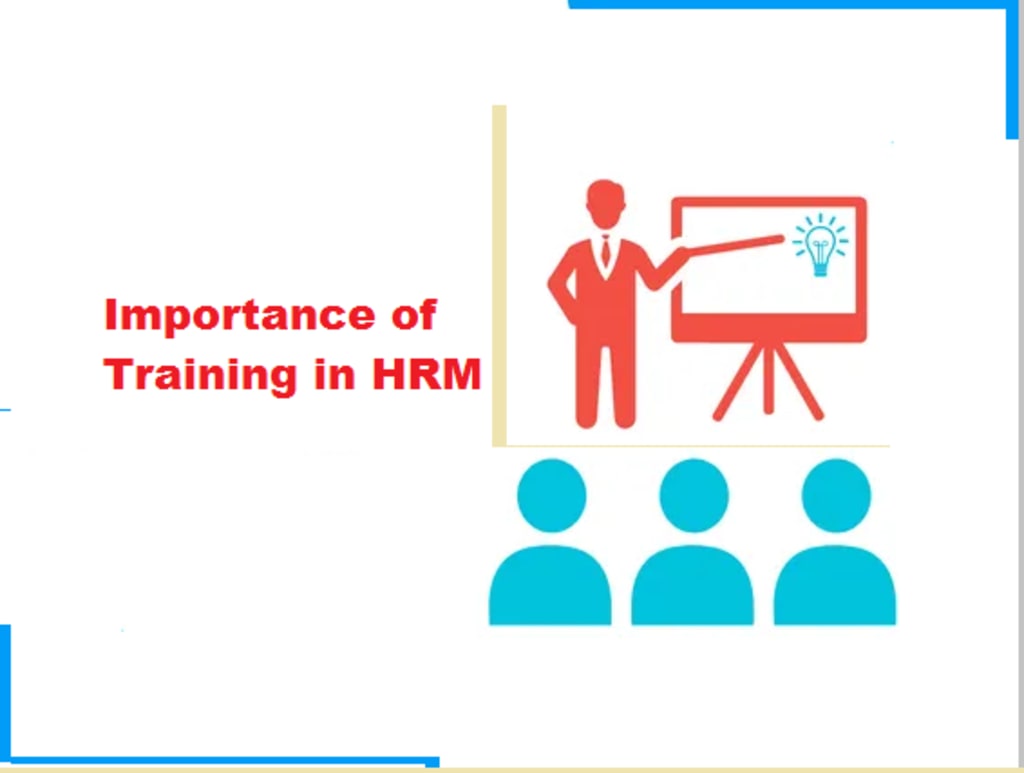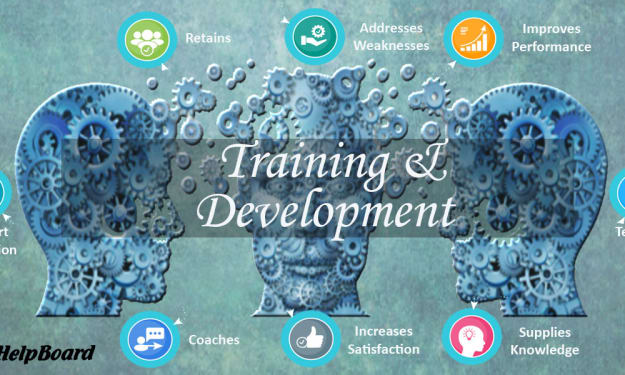The Importance of Training in HRM
Training in HRM

Human Resource Management (HRM) plays a critical role in organizations by effectively managing the human capital, optimizing employee performance, and driving organizational success. In this context, training becomes an indispensable tool for HRM professionals to enhance employee skills, knowledge, and capabilities. This article explores the need for training in HRM, highlighting its benefits and impact on organizational growth.
Enhancing Employee Competencies:
One of the primary reasons for emphasizing training in HRM is to enhance employee competencies. In a rapidly evolving business landscape, organizations must ensure that their workforce is equipped with the necessary skills and knowledge to adapt to changing demands. Training programs enable HRM to identify skill gaps; designs tailored learning experiences, and provides employees with opportunities to upskill and acquire new competencies. By investing in employee development, organizations foster a culture of continuous learning, which enhances overall productivity and competitiveness.
Improving Employee Performance:
Effective training initiatives contribute to improving employee performance. HRM professionals can develop training programs that align with organizational goals and objectives. By providing employees with the right knowledge and tools, HRM helps individuals perform their tasks efficiently and effectively. Training also equips employees with the ability to handle new technologies, adopt best practices, and stay updated on industry trends. As a result, organizations witness enhanced productivity, higher quality outputs, and increased customer satisfaction.
Adapting to Technological Advancements:
In today's digital era, technological advancements have reshaped the way organizations operate. HRM needs to ensure that employees have the necessary digital literacy and technical skills to leverage technology effectively. Training programs focused on digital tools, software applications, and emerging technologies equip employees with the competencies required to navigate the digital landscape. By embracing technology through training, HRM facilitates digital transformation within the organization, streamlines processes, and enables innovation.
Promoting Employee Engagement and Retention:
Training initiatives have a positive impact on employee engagement and retention. When organizations invest in employees' professional development, it sends a clear message that their growth and well-being are valued. Training opportunities create a sense of personal and professional growth, motivating employees to stay committed to the organization. Moreover, continuous learning and development opportunities foster a positive work environment, increase job satisfaction, and reduce employee turnover. By prioritizing training in HRM, organizations can build a strong and engaged workforce.
Addressing Organizational Challenges:
Training plays a pivotal role in addressing organizational challenges. HRM professionals can identify specific areas where training is required to overcome performance gaps or address issues within teams or departments. For instance, conflict resolution training can help improve interpersonal relationships, while leadership development programs can cultivate future leaders. By tailoring training initiatives to address specific challenges, HRM contributes to organizational effectiveness and creates a supportive work environment.
Enhancing Employee Morale and Job Satisfaction:
Training initiatives have a direct impact on employee morale and job satisfaction. When employees receive opportunities to enhance their skills and knowledge, they feel valued and appreciated. Training programs can also act as rewards, recognizing employee performance and dedication. Improved morale and job satisfaction lead to higher levels of employee engagement, commitment, and overall happiness within the workplace. Consequently, HRM professionals can expect increased productivity, better teamwork, and reduced absenteeism.
Conclusion:
The need for training in HRM cannot be overstated. It serves as a catalyst for organizational growth, employee development, and success in a dynamic business environment. By investing in training, HRM professionals can enhance employee competencies, improve performance, adapt to technological advancements, promote engagement and retention, address organizational challenges, and enhance morale and job satisfaction. Organizations that prioritize training in HRM foster a culture of learning, innovation, and continuous improvement, positioning them for long-term success in a highly competitive landscape.
About the Creator
HRhelpboard
HRHelpBoad is the best place where all HR people can get easy solutions to their queries related to Human Resource.






Comments
There are no comments for this story
Be the first to respond and start the conversation.